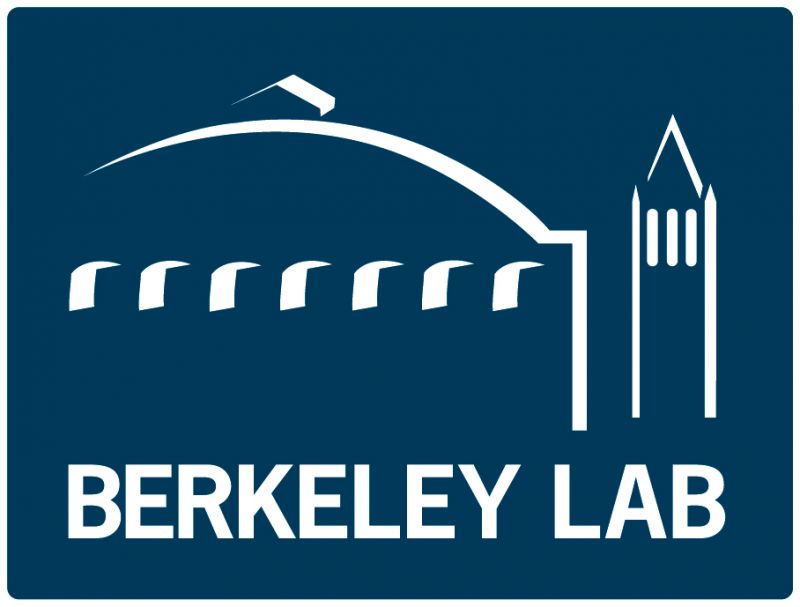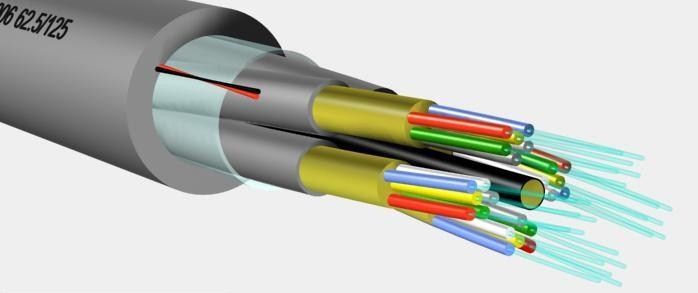Dark Fiber: Sensors Beneath Our Feet to Detect Water
Published on by Water Network Research, Official research team of The Water Network in Academic
Scientists at the Berkeley Lab have shown for the first time that dark fiber – the vast network of unused fiber-optic cables installed throughout the country and the world – can be used as sensors for detecting earthquakes, the presence of groundwater, changes in permafrost conditions, and a variety of other subsurface activity.
 In a pair of recently published papers, a team led by Berkeley Lab researcher Jonathan Ajo-Franklin announced they had successfully combined a technology called “distributed acoustic sensing,” which measures seismic waves using fiber-optic cables, with novel processing techniques to allow reliable seismic monitoring, achieving results comparable to what conventional seismometers can measure.
In a pair of recently published papers, a team led by Berkeley Lab researcher Jonathan Ajo-Franklin announced they had successfully combined a technology called “distributed acoustic sensing,” which measures seismic waves using fiber-optic cables, with novel processing techniques to allow reliable seismic monitoring, achieving results comparable to what conventional seismometers can measure.
“This has huge potential because you can just imagine long stretches of fibers being turned into a massive seismic network,” said Shan Dou, a Berkeley Lab postdoctoral fellow.
“The idea is that by using fiber that can be buried underground for a long time, we can transform traffic noise or other ambient vibrations into usable seismic signals that can help us to monitor near-surface changes such as permafrost thaw and groundwater-level fluctuations.”
 What is dark fiber ?
What is dark fiber ?
Dark fiber refers to unused fiber-optic cable, of which there is a glut thanks to a huge rush to install the cable in the early 1990s by telecommunications companies.
Just as the cables were buried underground, the technology for transmitting data improved significantly so that fewer cables were needed.
Distributed acoustic sensing (DAS) is a novel technology that measures seismic wavefields by shooting short laser pulses across the length of the fiber.
“The basic idea is, the laser light gets scattered by tiny impurities in the fiber,” said Ajo-Franklin. “When fiber is deformed, we will see distortions in the backscattered light, and from these distortions, we can measure how the fiber itself is being squeezed or pulled.”
Using a test array they installed in Richmond, California – with fiber-optic cable placed in a shallow L-shaped trench, one leg of about 100 meters parallel to the road and another perpendicular – the researchers verified that they could use seismic waves generated by urban traffic, such as cars and trains, to image and monitor the mechanical properties of shallow soil layers.
The measurements give information on how “squishy” the soil is at any given point, making it possible to infer a great deal of information about the soil properties, such as its water content or texture. “Imagine a slinky – it can compress or wiggle,” Ajo-Franklin said. “Those correspond to different ways you can squeeze the soil, and how much energy it takes to reduce its volume or shear it.”
He added: “The neat thing about it is that you’re making measurements across each little unit of fiber. All the reflections come back to you. By knowing all of them and knowing how long it takes for a laser light to travel back and forth on the fiber you can back out what’s happening at each location. So it’s a truly distributed measurement.”
Doua dded: “We can monitor the near surface really well by using nothing but traffic noise. It could be fluctuations in groundwater levels, or changes that could provide early warnings for a variety of geohazards such as permafrost thaw, sinkhole formation, and landslides.”
Source: Berkeley Lab
Media
Taxonomy
- Groundwater
- Groundwater Assessment
- Groundwater Modeling
- Groundwater Mapping
- Groundwater Quality & Quantity
- Fibre